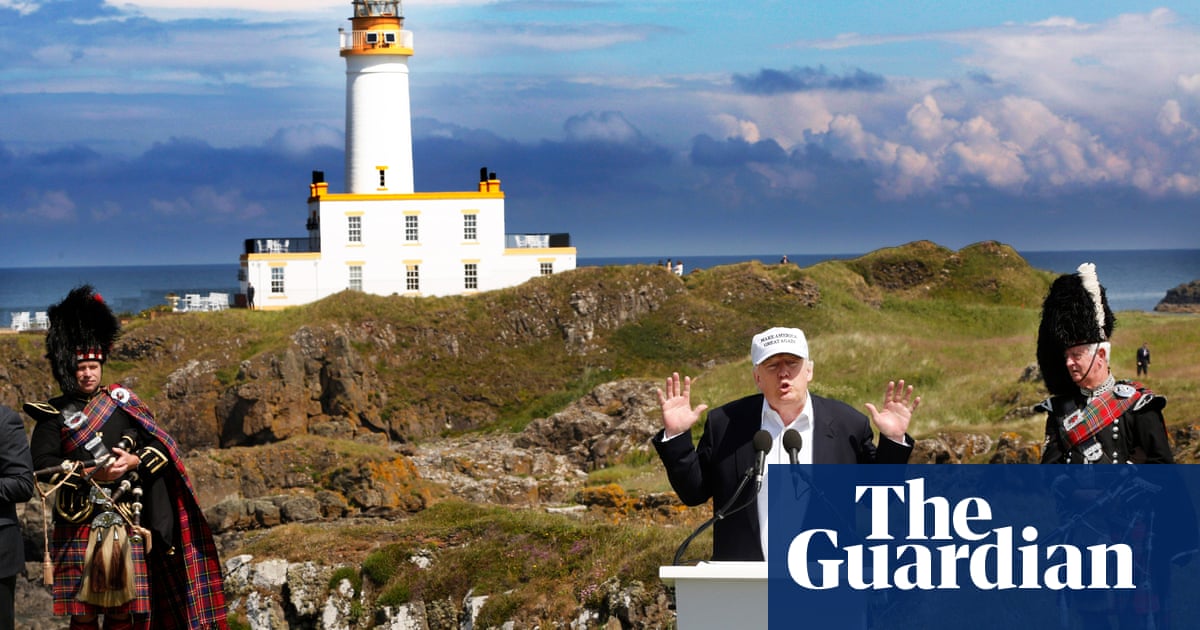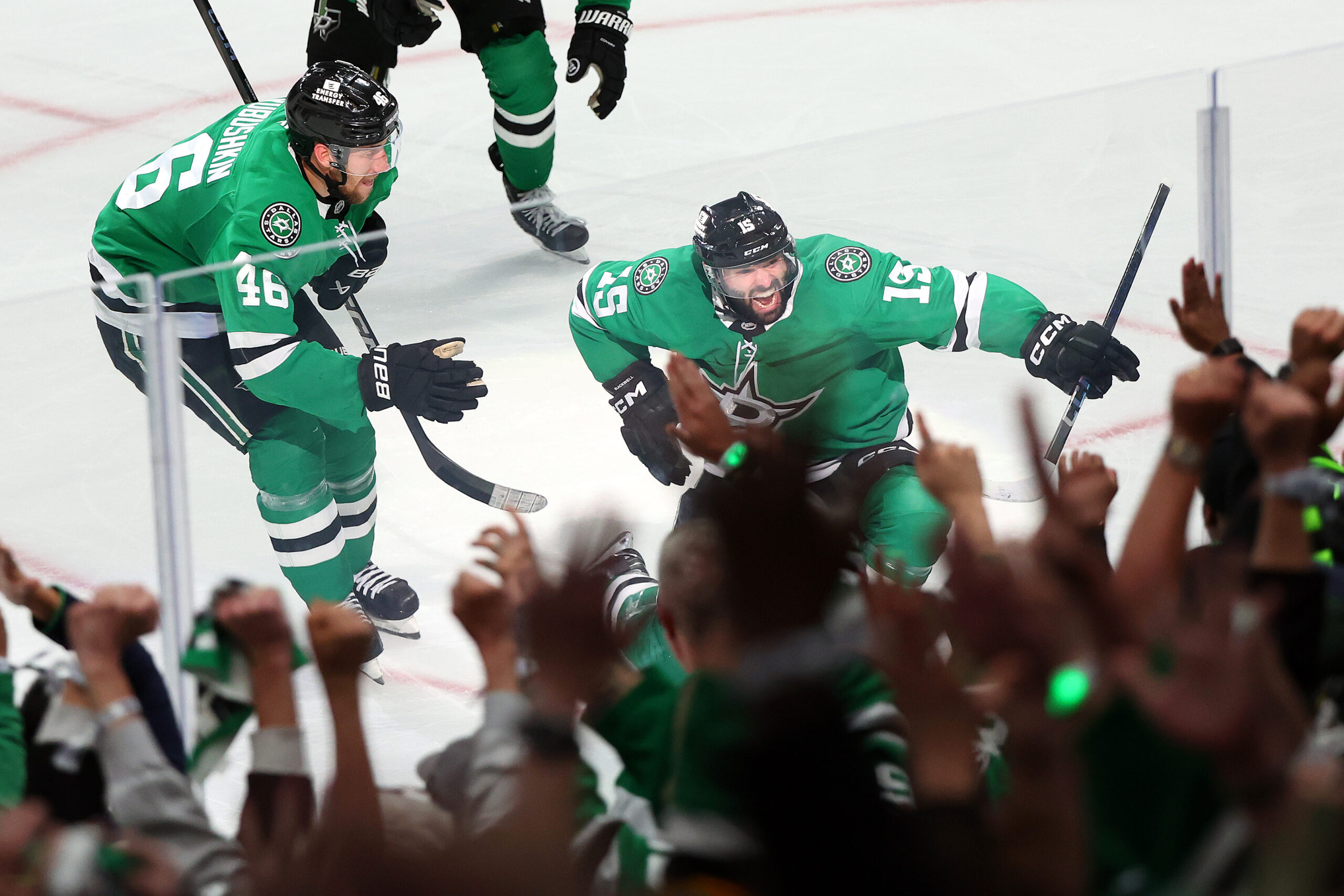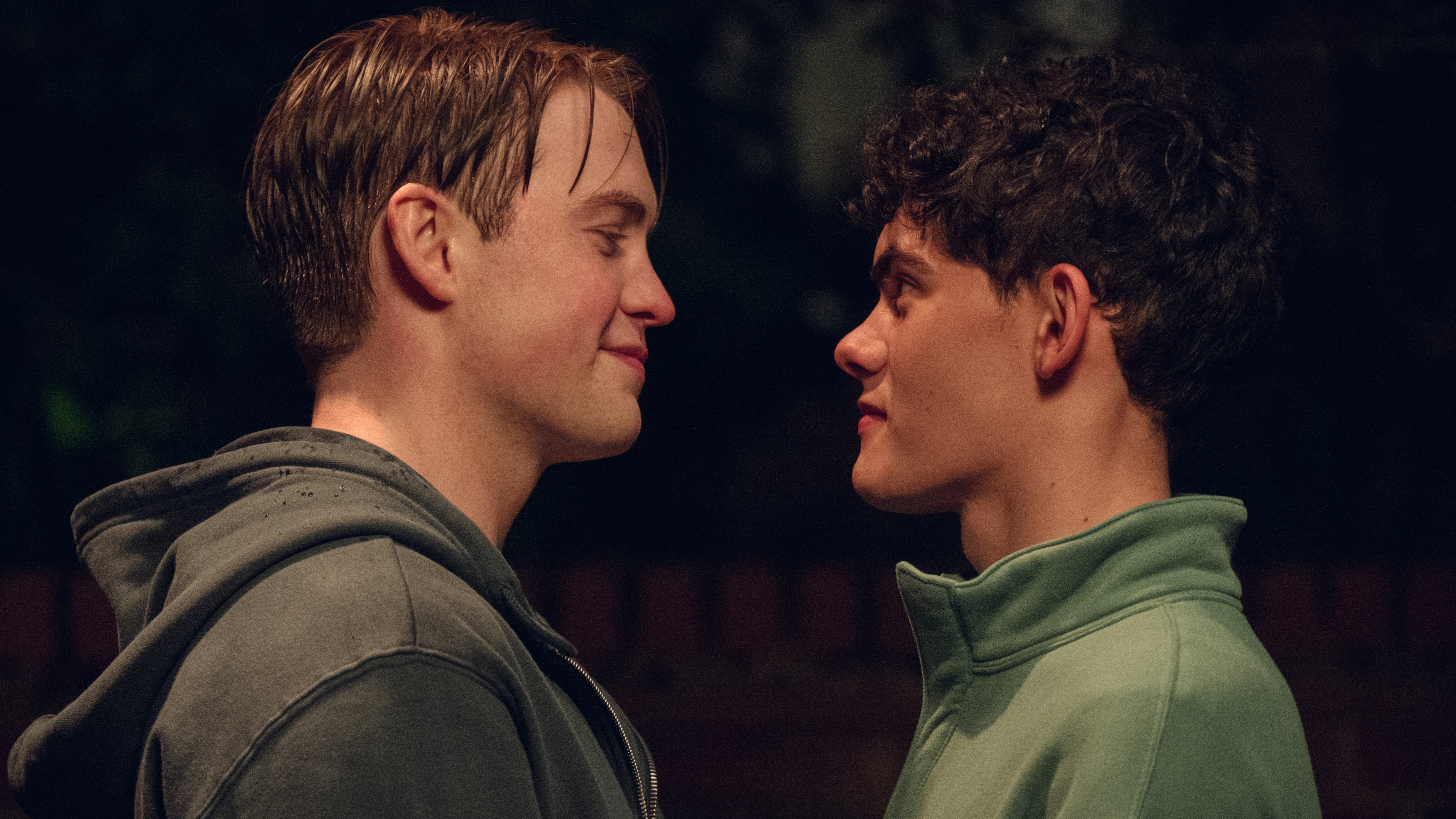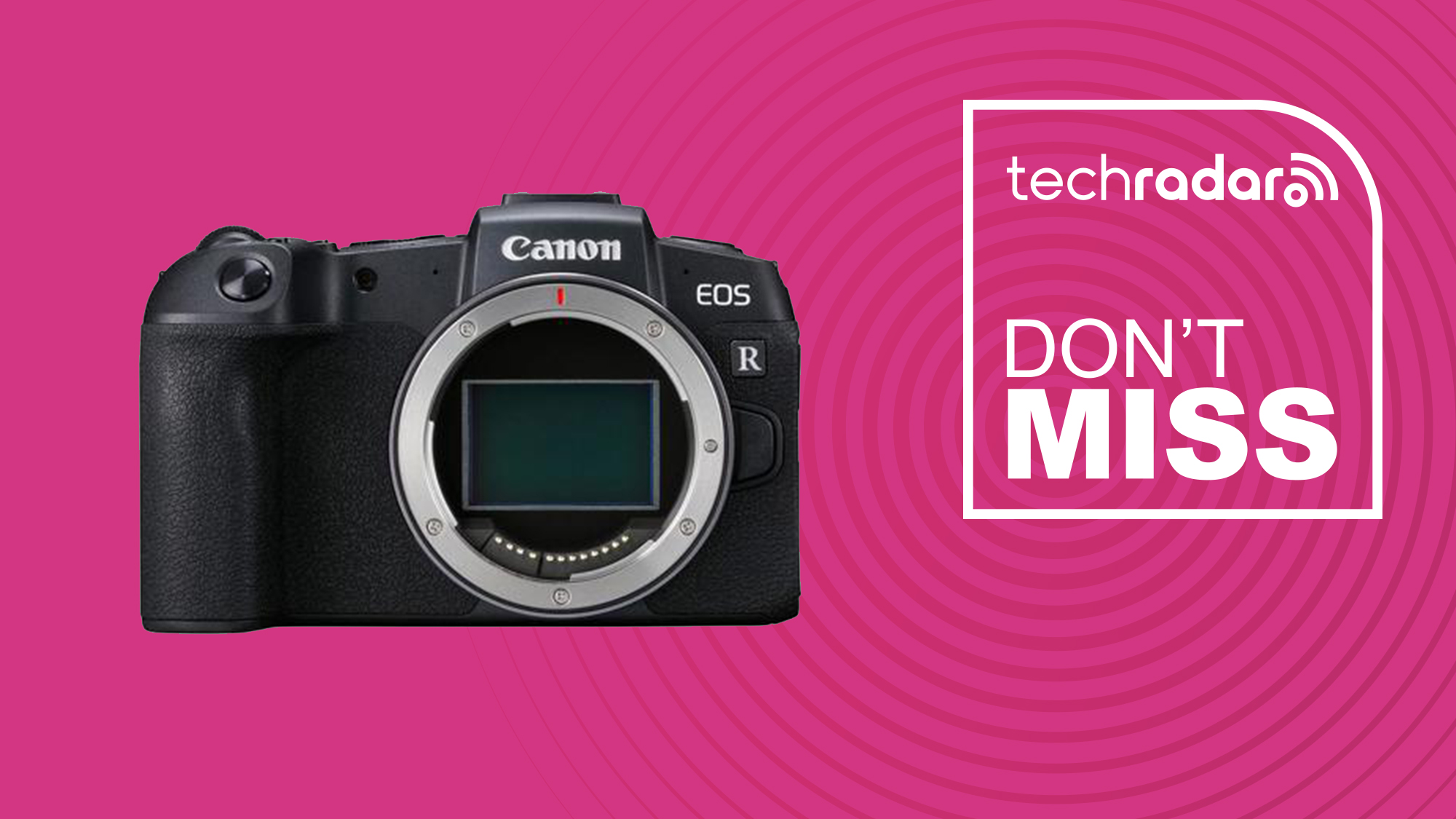The Sacred Process of Electing a New Pope: Understanding the Tradition and Rituals

VATICAN CITY (AP) The passing of a pope initiates a time-honored ritual steeped in history, marked by sacred oaths taken by cardinals as they gather to elect a successor. This solemn process involves meticulously piercing ballots with a needle and thread after theyre counted, followed by burning them to produce either white or black smoke. This smoke serves as a signal to the world's approximately 1.3 billion Catholics, indicating whether a new leader has been chosen.
The election process itself is enveloped in an aura of secrecy. Cardinals are strictly prohibited from disclosing any details of their discussions or votes while convened within the hallowed walls of the Sistine Chapel, a setting immortalized in last years Oscar-winning movie Conclave. Despite some artistic liberties taken in the film, the depiction aligns closely with the actual proceedings.
In 1996, St. John Paul II made significant updates to the regulations governing papal elections, a document that continues to guide the process. Throughout the years, Pope Benedict XVI made two amendments to these regulations, particularly noteworthy after his unexpected resignation. This article outlines the intricate steps that unfold when a pope dies, initiating a period known as the sede vacante, or the vacant See.
Who's in Charge?
Upon the death of a pope, the camerlengo, or chamberlain, is responsible for certifying the death and sealing the papal apartment. During the interregnum, this official oversees the administrative and financial operations of the Holy See until a new pope is elected. Currently, this role is held by Cardinal Kevin Farrell, an Irish-born American and head of the Vaticans office for laity, who officially announced the pope's passing on Monday morning.
When a pope dies, most prefects of various Vatican offices lose their positions, although a handful remain, including the foreign minister and the master of liturgical ceremonies, who plays a pivotal role in organizing the conclave.
The dean of the College of Cardinals is tasked with summoning the cardinals for the funeral and leading the Mass preceding the conclave. This position is currently held by Cardinal Giovanni Battista Re, who has previously led the Vaticans office for bishops.
In November 2024, Pope Francis implemented changes to the funeral rites, aiming to simplify them and highlight his role as a bishop rather than the traditional papal imagery. He has chosen to be buried at St. Mary Major Basilica, home to his favored icon of the Virgin Mary, the Salus Populi Romani.
Whats the Timing?
The death of a pope triggers a specific sequence of events: confirming the death, transferring the coffin to St. Peter's Basilica for public viewing, holding a funeral Mass, and subsequently interring the pope. This burial must occur between four to six days following the pontiffs death.
Following the funeral, a period of nine days of official mourning, referred to as the novendiali, is observed. During this time, cardinals gather in Rome, and the conclave is tasked with beginning their voting process 15 to 20 days after the declaration of the sede vacante. However, it can commence sooner if the cardinals reach a consensus.
Who Can Elect a Pope?
The electorate for the papacy consists exclusively of cardinals under the age of 80, with the current regulations capping the number of electors at 120. Nonetheless, this ceiling is often surpassed; as per the latest Vatican statistics, there are currently 135 cardinals eligible to vote. Interestingly, although those over 80 cannot cast a vote, they are allowed to participate in pre-conclave meetings, known as general congregations, where crucial church matters are deliberated.
During these meetings in 2013, then-Cardinal Jorge Mario Bergoglio addressed the need for the church to outreach to the existential peripheries a speech many believe played a significant role in his subsequent election as pope.
Who Are the Possible Candidates?
While any baptized male Catholic can technically be elected pope, historically, only cardinals have been chosen since 1378. Leading contenders for the papacy currently include:
- Cardinal Pietro Parolin (Italy, 70) - The Secretary of State for the Vatican and a seasoned diplomat.
- Cardinal Marc Ouellet (Canada, 80) - Former head of the Vaticans bishops office from 2010 to 2023.
- Cardinal Christoph Schoenborn (Austria, 80) - Known for his conservative leanings and his deep ties to Pope Benedict XVI.
- Cardinal Luis Tagle (Philippines, 67) - Appointed by Francis to lead the Vaticans extensive missionary efforts.
- Cardinal Matteo Zuppi (Italy, 69) - A protg of Pope Francis who led the Italian bishops' conference.
How Are the Votes Taken?
The election process kicks off with an initial ballot in the Sistine Chapel, held on the afternoon following the first Mass. If no candidate is elected, subsequent ballots are conducted, with two held each morning and two each afternoon over the following days.
Each ballot consists of a rectangular piece of paper inscribed with the words Eligo in Summum Pontificem (I elect as supreme pontiff), along with a designated space for the name. Cardinals cast their votes by folding the paper, approaching the front of the chapel, and solemnly declaring, I call as my witness Christ the Lord, who will be my judge, that my vote is given to the one who before God I think should be elected. They then deposit their ballot into a designated tray.
Three cardinals, known as scrutineers, are appointed to verify that each ballot has been filled correctly. They read each name aloud and tally the votes, announcing the results after each voting round. If no candidate secures the requisite two-thirds majority, the ballots are pierced with a needle and thread, knotted, and prepared for the next voting session.
Pope Benedict XVI made significant modifications to John Paul IIs conclave rules, most notably emphasizing that a two-thirds majority is always required for election, regardless of how long it takes. This change was made to prevent scenarios where cardinals might rush to a decision after the 12-day period envisioned by John Paul.
What About Secrecy?
Pope Benedict also reinforced the oath of secrecy within the conclave, making it clear that any violation would result in immediate excommunication. Under John Paul IIs rules, excommunication was a potential consequence, but Benedicts revisions made it explicit. Now, liturgical assistants and secretaries must vow to uphold absolute and perpetual secrecy and refrain from utilizing any recording devices.
They now declare: I take this oath fully aware that an infraction thereof will incur the penalty of automatic excommunication reserved to the Apostolic See. So help me God and these Holy Gospels, which I touch with my hand. Cardinals, too, are bound by this secrecy oath, with excommunication threatened specifically if they accept payment for their votes or allow external influences to sway their decisions.
Do We Have a Pope?
After the ballots are pierced, they are incinerated in a cylindrical stove at the conclusion of the voting session. Black smoke signals that no decision has been reached, while white smoke indicates that a new pope has been chosen and has accepted the role.
To eliminate any confusion regarding the smokes color, chemical cartridges are added to the burning ballots. The black smoke is produced using a cartridge containing potassium perchlorate, anthracene, and sulfur, while the white smoke utilizes potassium chlorate, lactose, and chloroform resin.
Additionally, bells are rung to further clarify the situation, marking the solemnity of the occasion. When a new pope is finally elected, he is introduced from the loggia overlooking St. Peters Square with the proclamation, Habemus Papam! (We have a pope!), followed by the announcement of his chosen papal name. The new pope then appears to offer his first blessing to the assembled crowds.



























